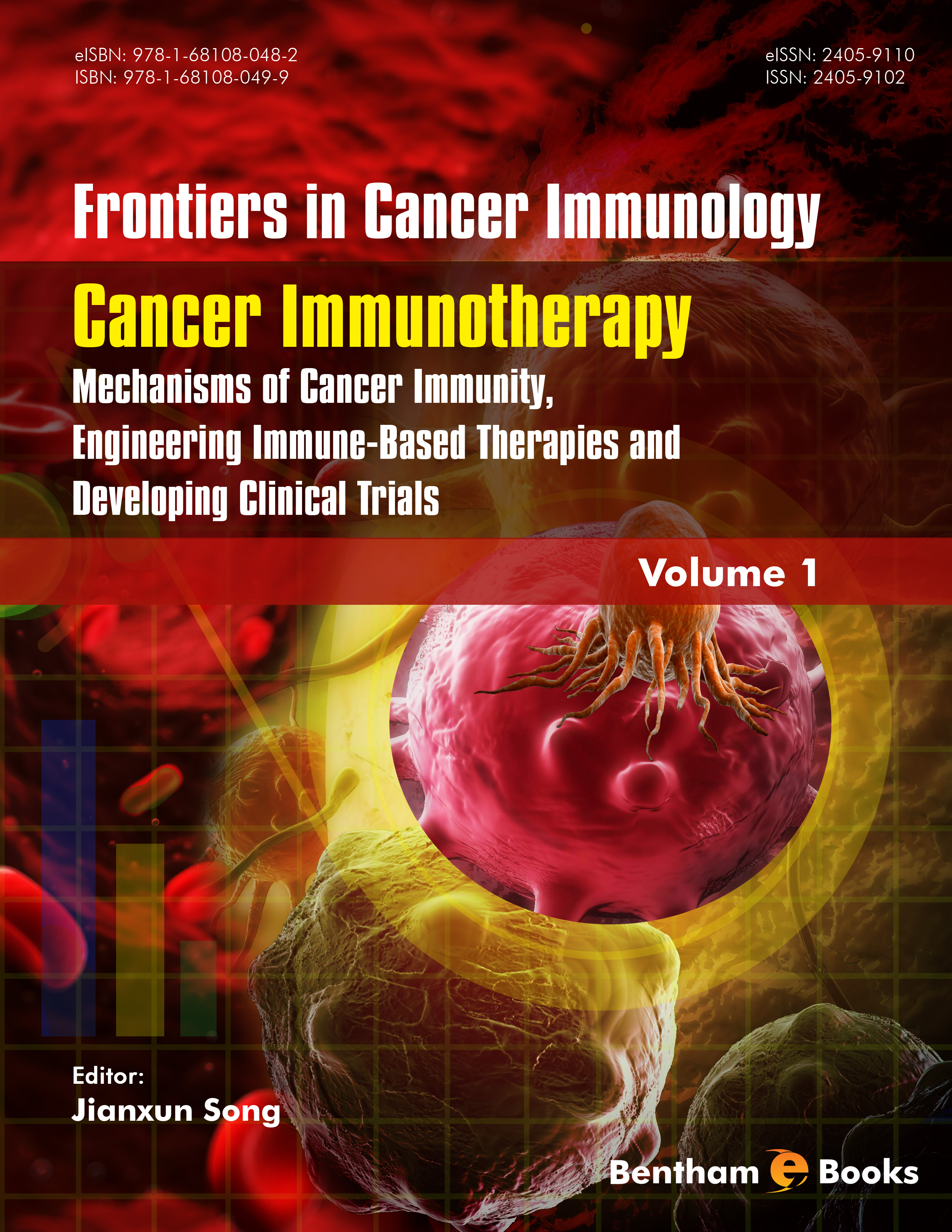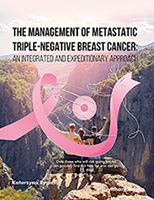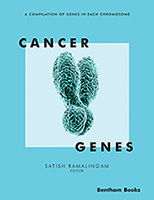Introduction
Clinicians, patients and scientists, alike, have been battling cancer for over several decades; however, patient outcomes have not significantly improved over the years with conventional therapies. In recent years, this has caused researchers to look for a change in the status quo, and, the awareness of the human immune system, which has an intrinsic mechanism to control microbial pathogens and dysfunctional self-tissues, has triggered scientists to look for new modes of cancer therapy. Cancer Immunotherapy has become a major research field as a result of these efforts, gaining some recognition for notable breakthroughs in cancer patient prognosis. Frontiers in Cancer Immunology collectively presents the methods which have been studied and used in cancer immunotherapy based on the different components of human immune system. The series will give clinicians and immunologists a roadmap of current trends in all branches of cancer immunology. This volume lists the major immune system components (such as T cells and NK cells and associated antigens/antibodies) which have been demonstrated to limit the growth of or kill tumor cells. Relevant applications in cancer therapy are also included in addition to a general introduction to engineered as well as targeted cancer immunotherapies (cancer vaccines).





